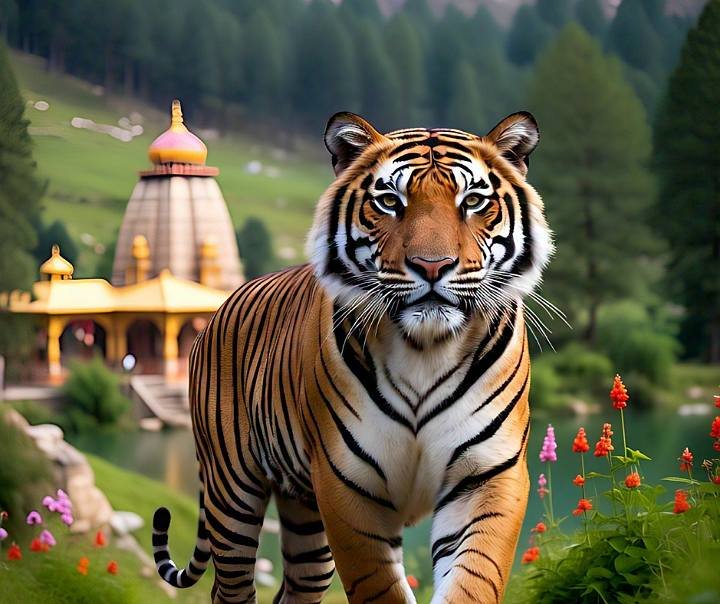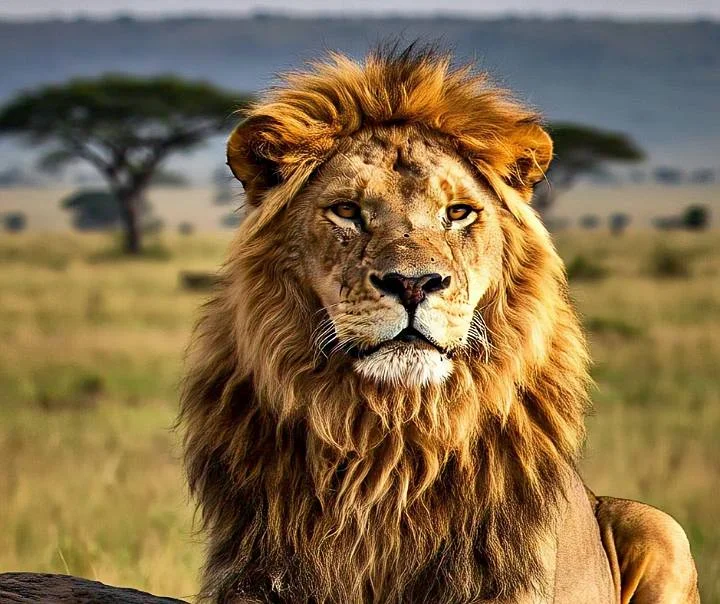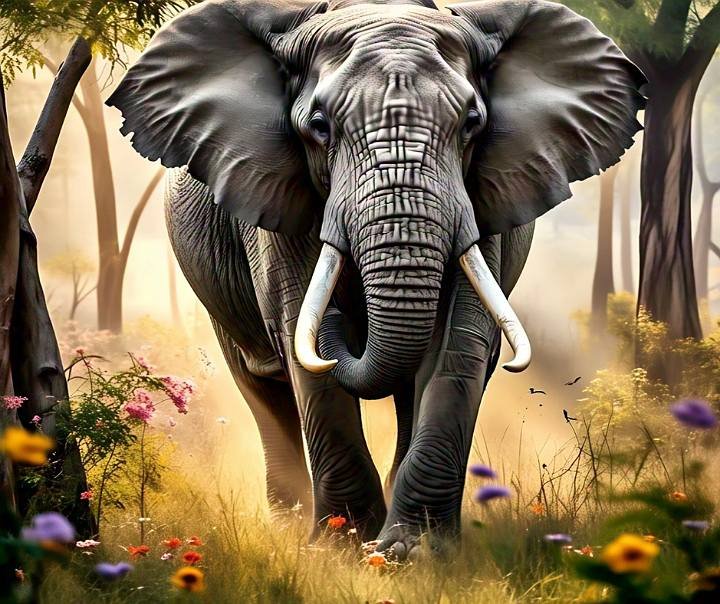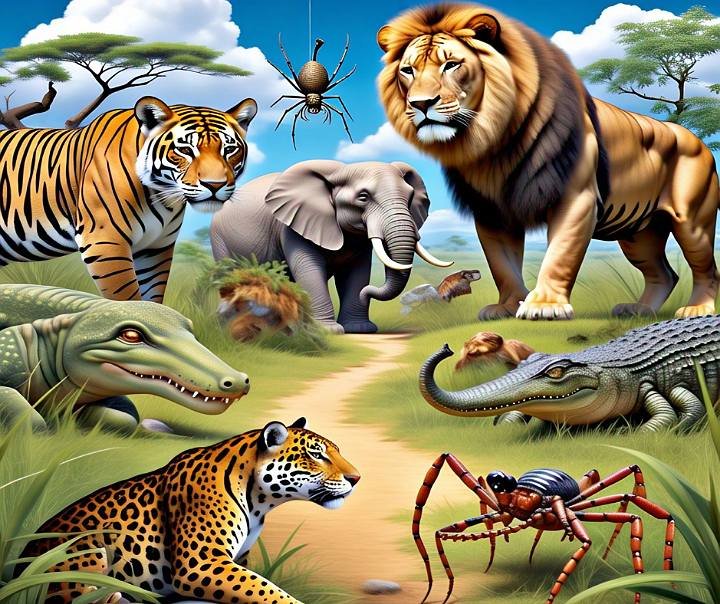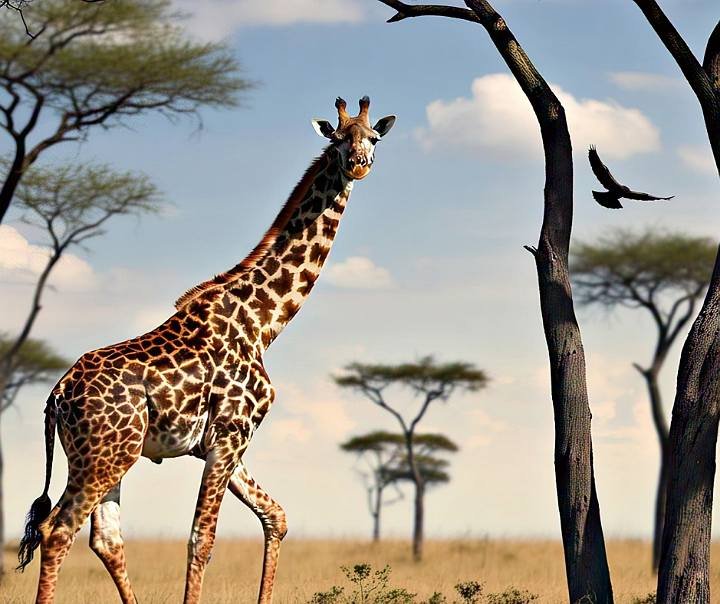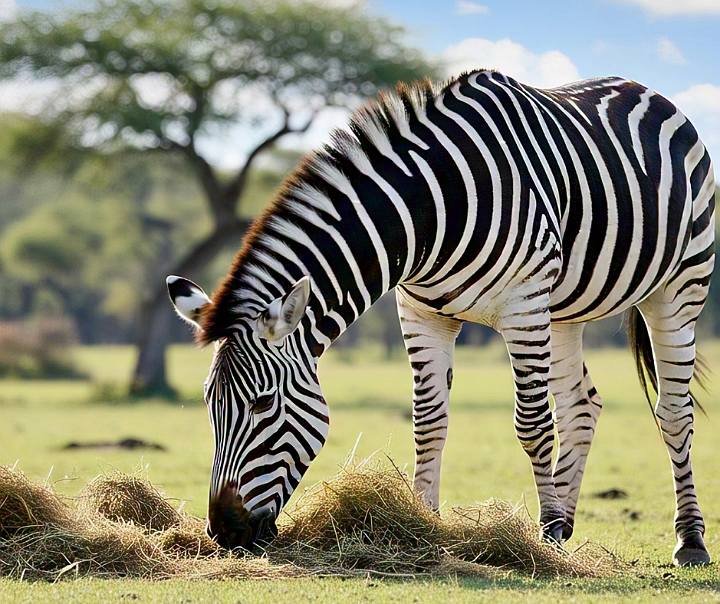My Unique Aussie Buddy – The Full Story of the Wombat
Hey guys, last night I was binge-watching this documentary on Australia’s wild jungles, you know? And then this little chubby beast pops up on screen – the wombat. Whoa! I was hooked. Ever thought about an animal that poops in cubes? Or one that’s strong enough to stop a car dead in its tracks? Haha, I dove headfirst into its world.
So I figured, why not spill the beans on junglejhadi.com today? I’m your pal Amit, the guy who’s obsessed with jungles and critters. We’re gonna chat about wombats today – the whole shebang, in detail, like I’m sharing a story over chai at home. Ready? Let’s dive in.
Wombat Infobox
Category | Information |
|---|---|
Scientific Name | Vombatidae (Family) |
Native To | Australia and Tasmania |
Classification | Marsupial (Pouched Mammal) |
Habitat | Forests, woodlands, and heaths |
Diet | Herbivore (Grasses, sedges, roots, and bark) |
Weight | Approximately 20 to 35 kg (44 to 77 ib) |
Length | Approximately 1 meter (40 inches) |
Lifespan | Up to 15 years in the wild (longer in captivity) |
Key Behaviour | Primarily nocturnal and solitary. Excellent and powerful diggers. |
Unique Feature 1 | Possess a backward-facing pouch (protects the young from dirt while digging). |
Unique Feature 2 | Produce cube-shaped feces. |
Conservation Status | Most species are Least Concern (LC), but the Northern Hairy-Nosed Wombat is Critically Endangered. |
What Exactly Is a Wombat?
First off, let’s get the basics straight. Dude, a wombat is a marsupial – you know, one of those pouch-carrying mammals. They’re only found in Australia and Tasmania. Not some massive lion or tiger, just this small, roundish creature.
About a meter long, weighing 20 to 35 kilos. Looks like a mini bear. Broad head, tiny eyes, round ears, and a tail that’s basically a stub. Short, sturdy legs – perfect for digging. Teeth? They’re rootless, like rodent incisors, always growing so they don’t wear down while munching grass. Haha, nature’s genius at work!

Imagine if I went to Australia – I’d camp out for hours just to spot one. But these guys are super shy; they only come out at night. Sleep all day in their burrows. So let’s break down their life step by step. I did a bit of digging – Wikipedia to National Geographic, all that jazz. But I’ll tell it my way, like a yarn over coffee.
The Wombat’s Birth and Evolution – An Ancient Pal’s Tale
Man, the wombat’s story goes back millions of years. They’re from the Vombatidae family, part of the marsupials. Evolved in Australia around 25 million years ago. Picture this: dinosaurs are long gone, and these little dudes are already waddling through the forests. Back in the day, some ancient wombats were bear-sized! But now they’re smaller, probably to dodge predators better.
There are three main species: the common wombat (Vombatus ursinus), the most widespread; the northern hairy-nosed (Lasiorhinus krefftii), in desert spots; and the southern hairy-nosed (Lasiorhinus latifrons), down south. The common one’s the star, even in Tasmania. The name? “Wombat” was coined by British explorer John Oxley in 1798, from the Aboriginal word “womback,” meaning something like “fat.” Spot on, right? Haha!
Think about it – finding an ancient buddy who’s barely changed. These marsupials are cousins to kangaroos and koalas, but with their own vibe. That pouch? It’s backward-facing – opens toward the rear, so dirt doesn’t get in while digging. Smart, huh?
What Does It Look Like? A Chubby Little Bear Cub
Let’s paint the picture. I’ve seen pics – dude, so adorable! Body’s wide, muscular, but all round. Fur’s brown or gray, sometimes black. Bare-nosed species have a pinkish snout; hairy-nosed ones are fuzzier there. Eyes are small ’cause they’re night owls. Ears are tiny but hear like champs. Paws are beefy for burrowing. Teeth slant back for slicing grass.
Weight? Males up to 30 kilos, females a bit less. Length from 70 cm to 120 cm. Compare it to a big dog, but chunkier. Strength? These bad boys can bust fences or flop under a car to halt it. Read about one stopping a truck in the news once! Cracked me up.
Fun fact: Their poop’s cube-shaped. Why? Intestines twist to absorb max water, keeping it dry and stackable. Scientists studied it – check it out here. Nature’s engineering marvel!
Where Do They Live? All Corners of Australia
Wombat habitats? Total variety pack. From forests to mountains. Common wombats dig the wet forests, like Victoria’s highlands. Northern ones chill in Queensland’s dry zones near rivers. Southern in South Australia’s dunes. Commons pop up in Tasmania too.
They build burrows – massive networks, up to 30 meters long with multiple entrances. One burrow’s got 10-12 chambers at different temps. Cool in summer, warm in winter. They share burrows but claim territories. A single wombat’s turf? 5 to 23 square kilometers. If you’re into wild animals on junglejhadi.com, peek at our jungle guide.
But climate change is messing things up. Droughts mean less water, burrows dry out. Still, they adapt. I once wondered – if they were in India, Himalayas? Probably, with that digging skill.
What Do Wombats Eat?
Hey bro, wombats are total grass junkies! Fully herbivorous, no meat in sight. What do they chow down? All sorts of grass – soft, tough, you name it. Sometimes they dig up roots, nibble tree bark, or munch moss. At night, they wander and graze like a hungry goat. They pack away up to 200 grams in one go, but not too much ’cause their gut’s slow. Teeth are built for it – slice, grind, done.
Winter? They root around for juicy underground bits. Summer? Fresh grass. Water? They barely drink, dude. Get it all from food. In dry areas, they suck it from roots. I say, if humans did that, water bills would crash! Haha. Studies show 80% of their diet’s grass, rest mixed. PBS Nature has the deets if you’re curious. Oh, and digestion? Takes 14 days for a meal. No wonder they’re always fit – slow and steady wins the race, right?
Behavior – Night Warrior, Daytime Snoozer
Dude, wombats have swagger on another level! They’re night kings – sleep the day away in burrows like a lazy cat. Venture out at dusk or dawn if it’s cool. At night, they roam, eat, and dig non-stop. Digging? Masters! A meter of dirt in an hour. Burrows are like underground metros. Why? To hide from predators – dingoes, foxes, Tasmanian devils.
Mostly solo, but they’ll share burrows with pals. Territories are sacred, marked by scent – like planting a flag on borders. Speed? Those stubby legs hit 40 km/h if chased! Strength’s insane; they dust anyone in a scrap. Noises? Grunts or hisses. Louder during mating. And those cube poops? 80-100 a day, stacked high to claim turf. National Geographic Kids has pics that’ll have you rolling. I picture it: moonlit jungle, wombat strolling, dropping cubes like confetti at a party!
Love & Life – Wombat Reproduction
Now, family time, yeah? As marsupials, pouch wizardry’s a must. They breed year-round, but spring’s peak – weather’s prime. Pregnancy? Just 30-40 days. Baby’s born rice-grain tiny! It crawls straight to mom’s pouch. Stays 6-9 months, nursing and growing. Ventures out later, independent at 12-18 months.
One or two joeys at a time, max. Pouch faces back to dodge dirt. Lifespan? 5-15 years wild, up to 30 in captivity. Moms handle one at a time. WIRES has rescue tales that tug at heartstrings – a joey peeking from the pouch? Pure cuteness! Imagine if our lives had that built-in security blanket.
Threats and Conservation
Bro, good news: common wombats are doing okay. But the other two? Vulnerable. Why? Us humans – farming clears forests, cities sprawl. Cars squash ’em crossing roads. Diseases like mite infestations cause killer itches. Invading predators like foxes, not native to Oz.
Conservation? Orgs like Bush Heritage and WWF are on it. Protected zones, vaccines rolling. WWF Australia shows the grind. Climate change’s a beast – droughts dry ’em out, floods swamp burrows. But wombats are tough cookies. What can we do? Spread the word, share. On junglejhadi.com, hit conservation tips for ideas. It’s our job, man – can’t lose these quirky mates.
10 Fun Wombat Facts
Time for laughs – 10 fun facts:
- Cube poop – Instagram gold!
- 40 km/h speed – fast-food chaser!
- Burrow systems – underground hotels.
- Teeth never break – lifetime grinders.
- Backward pouch – dirt-proof.
- 14-day digestion – slow and steady.
- Can stop cars – super strength.
- Nocturnal but occasional day strolls.
- Live to 30 – long haulers.
- Sacred in Aboriginal culture – spiritual vibes.
And yeah, A-Z Animals for more gems.
FAQs – All About the Wombat (The Cube-Poop Legend!)
Q1. Bro, why is wombat poop cube-shaped?
Haha, that’s the first thing everyone asks! So here’s the deal — wombats have super long, tight intestines. When food gets digested, all the water’s absorbed, and the pressure shapes it into cubes. The cubes help mark their territory with scent — nature’s own Lego blocks! Total engineering marvel, right?
Q2. Do wombats attack humans?
Nah dude, they’re pretty chill. Unless you bother them or step near their burrow, they’re harmless. But yeah, if they feel cornered, they can charge fast. Most of the time though, they’re like “you do your thing, I’ll do mine.”
Q3. How fast can a wombat run?
Don’t go by those short legs! These little tanks can sprint up to 40 km/h for short bursts. They usually save that speed for escaping predators. Try racing one – you’ll lose, guaranteed!
Q4. Where can you find wombats in Australia?
Pretty much across the board — Tasmania, Queensland, Victoria, South Australia, and parts of New South Wales. They love forested or grassy areas. Just remember, they’re night owls, so good luck spotting one in the daytime!
Q5. What do wombats eat?
Total vegans! Wombats munch on grasses, roots, and bark. They barely drink water — they get all their moisture from food. In summer they eat fresh grass; in winter, they dig up juicy roots. Nature’s best diet plan!
Q6. How long do wombats live?
In the wild, around 5–15 years. But in captivity — zoos, sanctuaries, or protected areas — they can live up to 25–30 years. Slow digestion and peaceful lifestyle — that’s the secret to their long life!
Q7. Is the wombat Australia’s national animal?
Not officially — kangaroos and koalas steal that spotlight. But wombats are definitely local legends. In Aboriginal culture, they’re considered sacred, symbolizing strength and connection to the land.
Q8. What do wombats do inside their burrows?
That’s their royal palace, bro! They nap during the day, chill in perfect temperature — warm in winter, cool in summer. Their burrows can have multiple tunnels and chambers. Basically, an underground mansion built by a single architect!
Q9. How does the wombat’s pouch work?
Here’s a cool twist — their pouch opens backwards! That way, when mom digs, dirt doesn’t fly onto the baby. Genius, right? Nature’s smart design at its best.
Q10. What can we learn from wombats?
Simple — live slow, live strong, stay chill. Wombats remind us to protect our space, adapt when life changes, and enjoy the little things. Eat, sleep, dig, repeat — life goals, mate!
Wisdom – Life Lessons from the Bush
Man, watching a wombat makes you think – keep life simple: eat, sleep, dig, and chill. We’re always rushing, but they teach adapt or die, stay strong. Find joy in the small stuff, like grazing. Or protect your space without hurting others. Planning a jungle trip? Head to Australia and spot ’em. Check our travel guide. Bottom line, wombats say: enjoy the ride, but watch nature’s back.
So folks, that’s the wombat yarn. Hope you dug it. Drop comments – what cracked you up most? Share it, and stay tuned for more. Catch ya!
